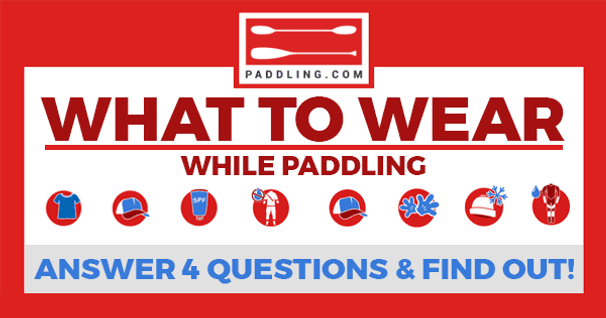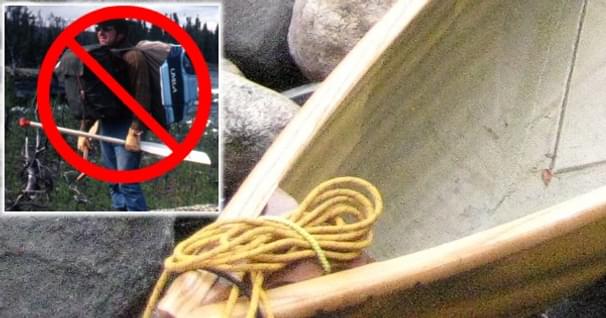Lightweight and Fancy Free
It seems the older the camper becomes the lighter they want their pack. Problem is, with age also comes the desire to be comfortable. And unfortunately these two pleasures generally don't go hand in hand. That's not to say that you should give up on the dream of packing non-essentials and still float like a feather down the trail. You just have to plan properly.
Brutal analysis of each piece of gear that goes into your pack is your first step. Equipment you take along should be placed under three main categories: essential, just-in-case, and unnecessary but desirable comfort items.
There's no messing around with essential items, except you should look into items that are multifunctional. For example, Duct Tape is vital for any repair kit but can also be duplicated as mole skin or fire starter (it has a very effective burning rate when doused with bug repellent). And generally the manufacture of critical pieces of gear will make high-end lighter options, but for more money of course.
To make everything fit into your pack is truly an art form and bulk is your worst enemy. The items that usually take up the most volume are tent, sleeping bag and clothes. All three should be stored in compression sacks. These storage bags are indispensable when it comes to reducing bulk. Also, when purchasing a tent aim for the smallest and lightest you can afford and spend more quality time huddled under a rain tarp during foul weather. I'd suggest you also store the fly and tent body in separate compression sacks. Not only does this reduce the size overall, it also allows you to keep the continuously wet fly clear away from everything else in the pack. For sleeping bags go for the down filled rather than synthetic when comparison shopping for sleeping bags. The down bag is unmatched when it comes to warmth, weight and its ability to be compressed to the size of a miniature football. Just make sure it's also packed in a watertight stuff sack. The amount and type of cloths are a little more complex. Your choices of garments are totally dependant on the time of season. You can't help but bring an extra fleece, long-johns and wool toque during spring and Fall outings. In this case, remember to choose clothing with the highest possible performance-to-weight ratio. In warm summer conditions, however, you only need to pack one extra set of cloths. That's all you'll really need. Just hope for a hot, sunny day half way through your trip so you can do laundry.
Lightweights
The most notable light-weight packer was author "Nessmuk" who claimed in his book Woodcraft (1920) that his load never exceeded 26 pounds (including canoe), and added the sage advice:
"Go light; the lighter the better, so that you have the simplest material for health, comfort and enjoyment."
Kevin Callan is the author of eight books including "The Happy Camper: An Essential Guide to Life Outdoors" and "Wilderness Pleasures".
Related Articles
Wondering what to wear when going paddling? Answer 4 quick questions and instantly learn what you need…
In 1971, I outfitted and guided three wealthy Chicago men--the least affluent of which earned a quarter…
Drying is probably the most ancient way to preserve food for a very long period of time. You have…
In the mid-seventies, I shared an afternoon with the famous woodsman, Calvin Rutstrum, whose flagship…



